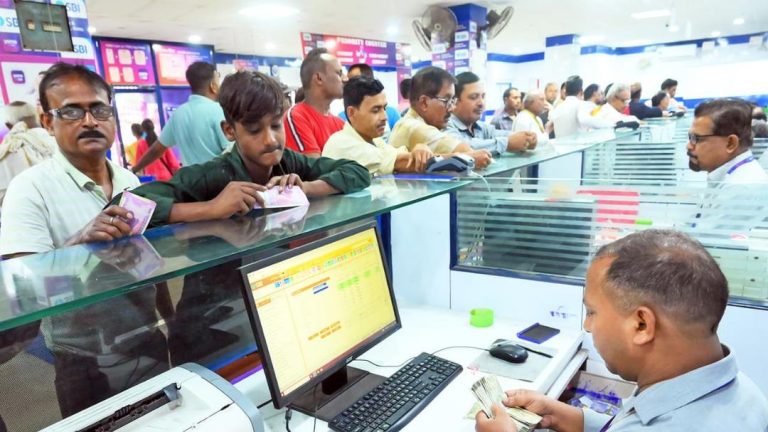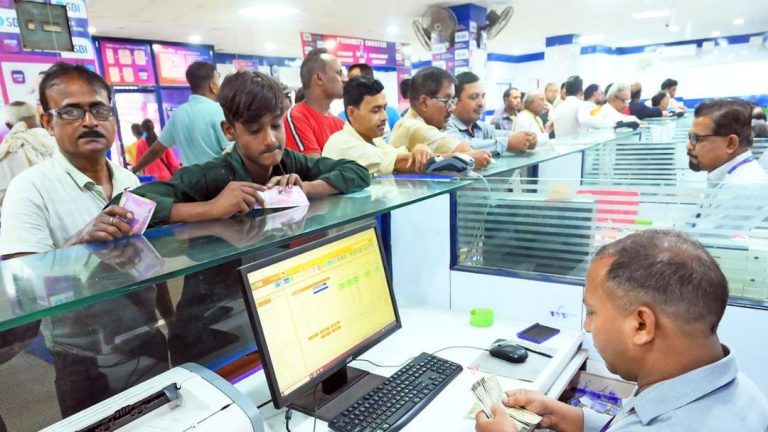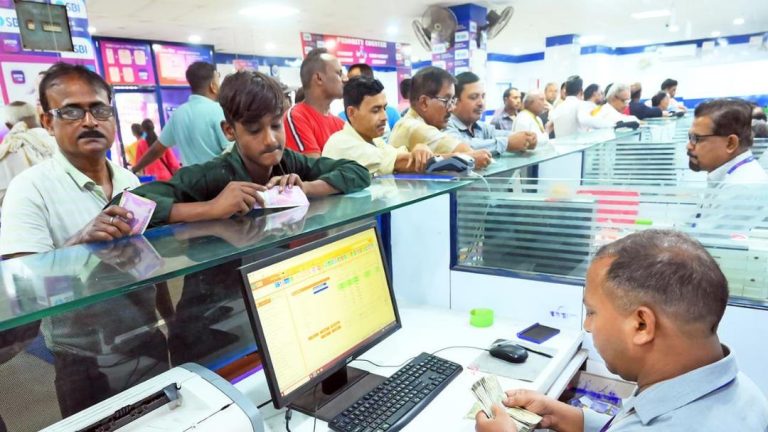
RBI’s Government Securities Holdings Jump to 14.2%: SBI Report
The Reserve Bank of India’s (RBI) share in government securities has witnessed a significant surge, rising to 14.2% in June 2025 from 11.9% last year, according to a report by the State Bank of India (SBI). This increase in the RBI’s holdings of government securities is a notable development, especially when considered in the context of the overall market trends and the role of other major players in the bond market.
The SBI report highlights that the reduction in exposure by banks has been a key factor contributing to the RBI’s increased share in government securities. Banks, which have traditionally been major investors in government securities, have been scaling back their investments in recent times. This reduction in demand from banks has been compensated by the RBI, which has stepped in to absorb the excess supply of government securities. As a result, the RBI’s holdings of government securities have increased, reaching 14.2% of the total outstanding securities.
On the other hand, insurance companies have maintained a stable presence in the government securities market. Insurance companies, which are major investors in long-term debt instruments, have continued to hold a significant portion of their investments in government securities. The stability in insurance holdings has provided a degree of comfort to the market, as it suggests that there is still a significant demand for government securities from institutional investors.
The surge in the RBI’s government securities holdings comes at a time when the government is preparing for heavy borrowing in the coming months. Both the central and state governments are expected to tap the bond market to finance their fiscal deficits, which could lead to a significant increase in the supply of government securities. With the RBI already holding a substantial portion of the outstanding securities, the market is likely to witness a range-bound movement in bond yields. The heavy supply of government securities, combined with the RBI’s interventions in the market, is expected to keep bond yields stable, with limited scope for significant movements.
The RBI’s interventions in the foreign exchange market have also had a significant impact on the liquidity situation in the bond market. The central bank’s efforts to manage the exchange rate have resulted in a tightening of liquidity, which has prompted the RBI to undertake fresh Open Market Operations (OMO) to inject liquidity into the system. The OMOs have helped to ease the liquidity crunch, but the overall liquidity situation remains tight, which could have implications for the bond market.
The increase in the RBI’s government securities holdings has significant implications for the bond market and the overall economy. The RBI’s role as a major investor in government securities provides a degree of stability to the market, as it helps to absorb excess supply and maintain liquidity. However, the surge in the RBI’s holdings also raises questions about the sustainability of the current market trends and the potential risks associated with the central bank’s large holdings of government securities.
In conclusion, the RBI’s government securities holdings have jumped to 14.2% in June 2025, according to an SBI report. The reduction in exposure by banks and the stability in insurance holdings have been key factors contributing to the RBI’s increased share in government securities. With heavy central and state borrowings ahead, bond yields may stay rangebound, and the RBI’s forex interventions have also tightened liquidity, prompting fresh OMO moves. As the bond market continues to evolve, it will be important to monitor the RBI’s role in the market and the implications of its large holdings of government securities.
The SBI report provides valuable insights into the trends and developments in the government securities market, highlighting the complex interplay between the RBI, banks, insurance companies, and the overall economy. As the market continues to navigate the challenges and opportunities arising from the surge in the RBI’s government securities holdings, it will be essential to stay informed about the latest developments and trends.






